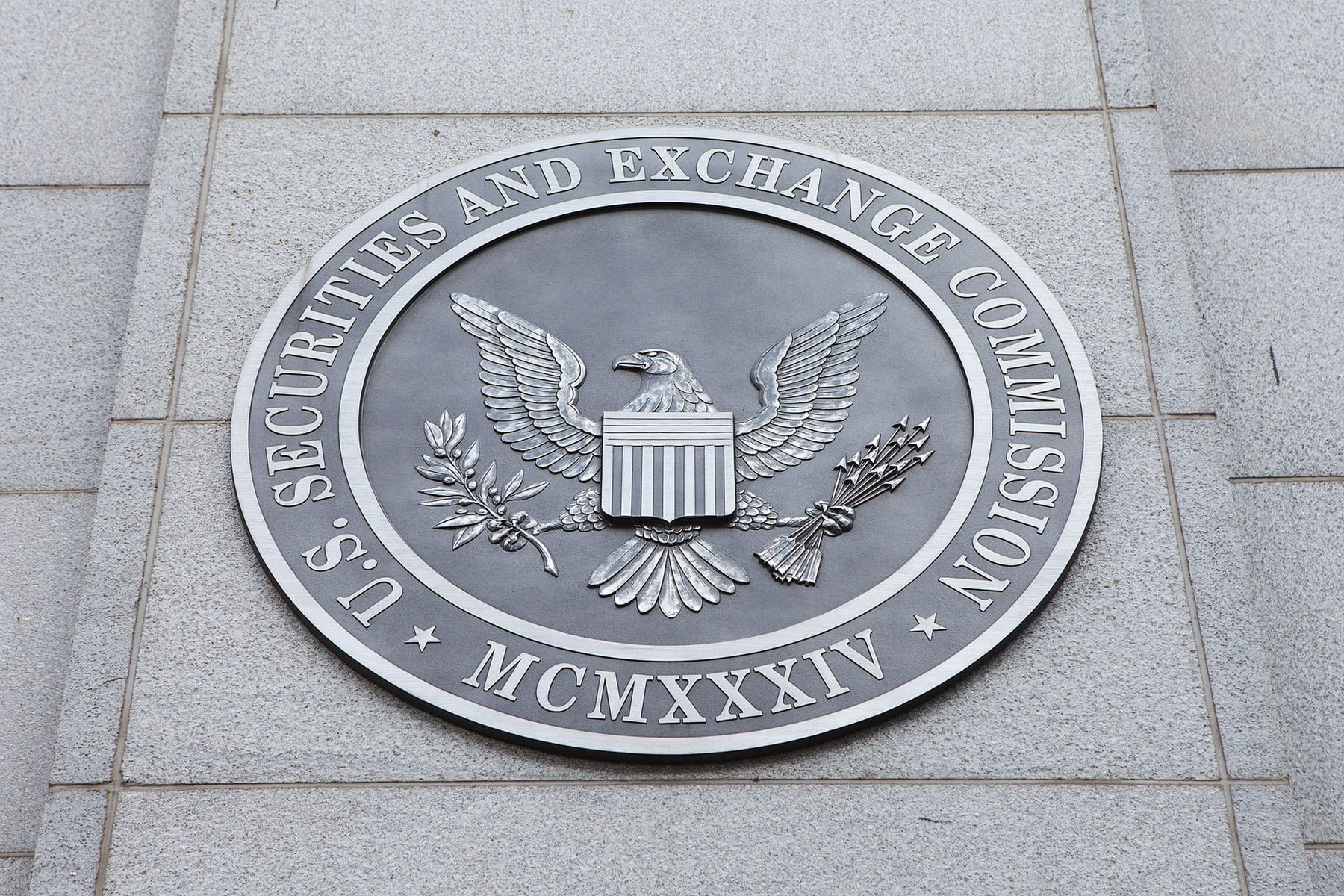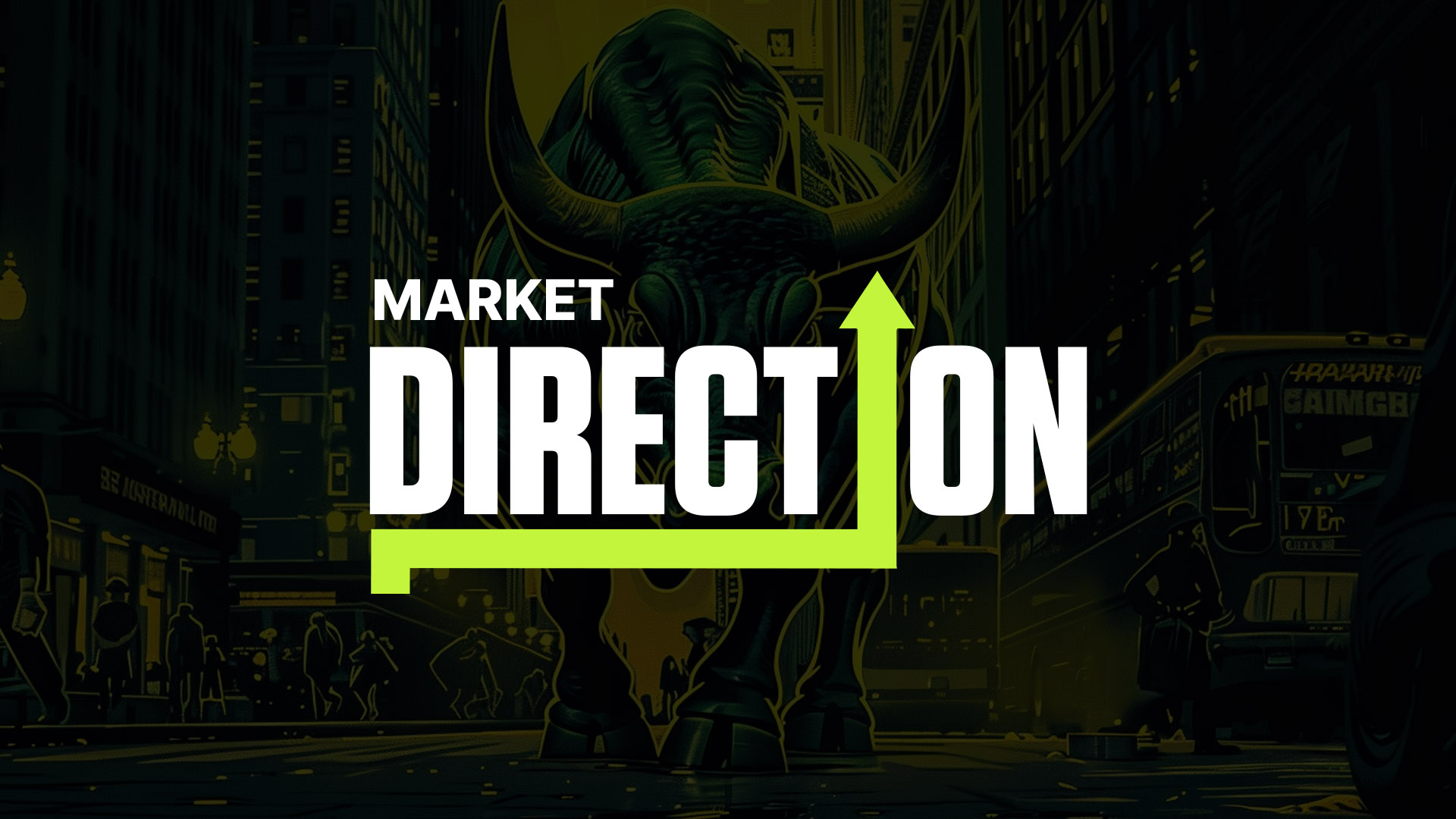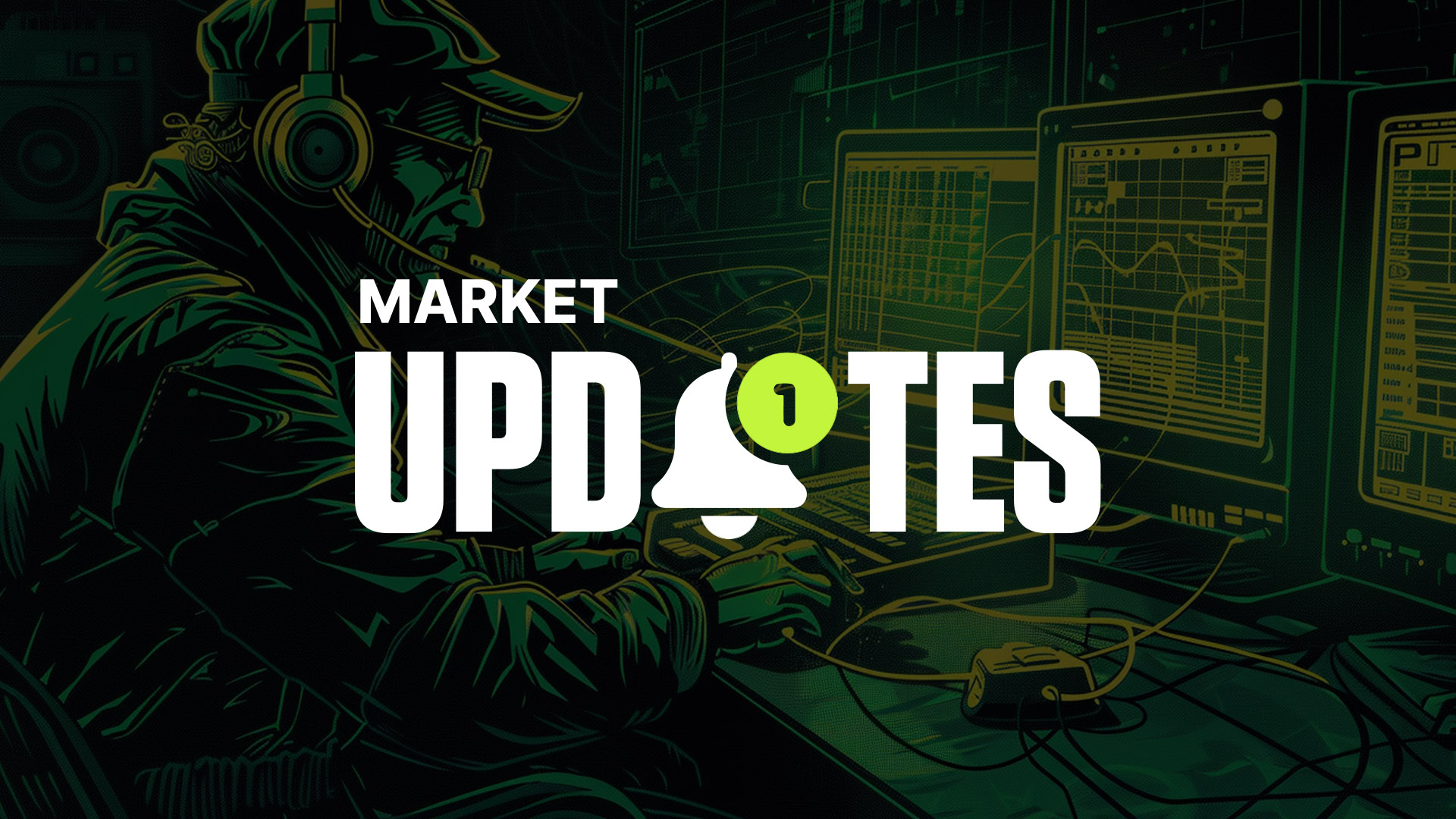SEC Publish Framework on Tokens and ICOs
The publication of the SEC Framework relating to digital assets on Wednesday resulted in something of a debate on social media, after the US Securities and Exchange Commission (SEC) published its guidance on tokens and ICOs with a simple link on Twitter.

Is a digital asset a security? FinHub staff offers an analytical framework. https://t.co/JZpxHbiaPk #FinHubSEC #Crypto #DLT #Blockchain #FinTech
— SEC_News (@SEC_News) 3 April 2019
The Framework for “Investment Contract” Analysis of Digital Assets introduction began:
If you are considering an Initial Coin Offering, sometimes referred to as an “ICO,” or otherwise engaging in the offer, sale, or distribution of a digital asset, you need to consider whether the U.S. federal securities laws apply.
Without reproducing the entire intro, one point that was noted on social media was reference to The U.S. Supreme Court’s 1946 Howey case and subsequent case law.
The framework goes on to say that, under the Howey Test, an “investment contract” exists “when there is the investment of money in a common enterprise with a reasonable expectation of profits to be derived from the efforts of others”.
It was the Howey Test and what this meant for the regulation of digital currency that occupied the minds of many tweeters.
The Howey Test
In May 2018, the news was full of discussions as to whether the Howey Test could be applied to cryptocurrencies. The test establishes whether an asset constitutes an investment contract and can therefore classed as a security. In the case of crypto, if it is classed as a security, it can be subject to Securities and Exchange Commission (SEC) regulation, thereby affecting the deregulated and decentralized ethos of cryptocurrences and potentially affecting crypto projects.The four criteria an asset must meet to be classed as a security are:
- It is an investment of money
- There is an expectation of profits from that investment
- The money invested is in a common enterprise
- Any profit comes from the promoter of a third party.
A. The Investment of Money
The first prong of the Howey test is typically satisfied in an offer and sale of a digital asset because the digital asset is purchased or otherwise acquired in exchange for value, whether in the form of real (or fiat) currency, another digital asset, or other type of consideration.
B. Common Enterprise
Courts generally have analyzed a “common enterprise” as a distinct element of an investment contract. In evaluating digital assets, we have found that a “common enterprise” typically exists.
C. Reasonable Expectation of Profits Derived from Efforts of Others
Usually, the main issue in analyzing a digital asset under the Howey Test is whether a purchaser has a reasonable expectation of profits (or other financial returns) derived from the efforts of others. A purchaser may expect to realize a return through participating in 3 distributions or through other methods of realizing appreciation on the asset, such as selling at a gain in a secondary market. When a promoter, sponsor, or other third party (or affiliated group of third parties) (each, an “Active Participant” or “AP”) provides essential managerial efforts that affect the success of the enterprise, and investors reasonably expect to derive profit from those efforts, then this prong of the test is met.
The entire document can be read at SEC.
But while the framework was still hot off the press, the crypto community on Twitter was also warming up in response.
Twitter response to SEC Framework
Katharine Wu @katherineykwu set the ball rolling on Twitter with her initial tweet:🚨 THIS IS HUGE: the SEC just released an official statement on “Framework for ‘Investment Contract’ Analysis of Digital Assets” analyzing whether a digital asset is a security or not
READING NOW WILL POST ANALYSIS HERE STAY TUNED— Katherine Wu (@katherineykwu) 3 April 2019
— Nathaniel Whittemore (@nlw) 4 April 2019
🚨Heard the SEC dropped guidance on tokens & ICOs and want to know WTF is what? 👇
Framework: https://t.co/qTzESYYKBJAnalysis: https://t.co/xaFnJUlS2P
Analysis: https://t.co/m1QraNyTHK
Analysis: https://t.co/t4AFCsq2I0
Analysis: https://t.co/sNxvgnJ1zM
And of course....
— Nathaniel Whittemore (@nlw) 4 April 2019
🔥😑💀 this SEC guidance on Howey Test re: ICOs basically kills crypto funds *and* airdrops in one swoop
"the asset is offered and purchased in quantities significantly greater than any user would reasonably need, or so small to make use of the asset in the network impractical"— Meltem Demirors (@Melt_Dem) 3 April 2019
UPDATE: If you want to comment or ask questions on the SEC's guidance, you can do so directly inline at @TheBKP_Official: https://t.co/FIHIZamnTr
— Patrick Berarducci (@PatBerarducci) 3 April 2019
After digesting the contents of the SEC framework, Katherine Wu – of the founding team at Mesari Crypto – was actually moved to blog about it. One of her conclusions on the framework is:
“Unfortunately, there are still so many questions left unanswered and I suspect will leave both startups as well as legal practitioners with immense headaches. For example – the framework gives a broad ‘active participant’ definition when analyzing under the third prong of the Howey Test. Taken liberally, that definition could really impact and even hinder the process in which a token project/start-up can decentralize itself.”
If you cannot wade through the entire SEC Framework at this present time, Katherine recommends you read “…at least the following pages: page 9, which details the factors that would make something less likely to be a security; page 6 + 7 for characteristics that would make token holders ‘expect profits’, and page 3 + 4 +5 for all of the AP activities”.
To no one's surprise, I had more feelings about this (another 3,000 words worth of feelings, actually!!), so I wrote a blog post last night. If you'd like a deeper dive beyond this tweet thread of the SEC's framework + no action letter, give this a read!https://t.co/bEpBjg5CHy
— Katherine Wu (@katherineykwu) 4 April 2019
SEC Framework Conclusion
The conclusion of the framework quite simply advises market participants to consider certain stated factors in “assessing whether a digital asset is offered or sold as an investment contract and, therefore, is a security”.It also “identifies some of the factors to be considered in determining whether and when a digital asset may no longer be a security”, although these factors “are not intended to be exhaustive in evaluating whether a digital asset is an investment contract or any other type of security”.
But for such a long-awaited document, the SEC framework appears to raise as many questions as it sets out to answer among the crypto and legal community – and the factors discussed regarding whether a digital asset is a security are not set in stone, according to SEC:
These factors are not intended to be exhaustive in evaluating whether a digital asset is an investment contract or any other type of security, and no single factor is determinative; rather, we are providing them to assist those engaging in the offer, sale, or distribution of a digital asset, and their counsel, as they consider these issues. We encourage market participants to seek the advice of securities counsel and engage with the Staff through www.sec.gov/finhub.
SEC image licensed via Shutterstock.
Continue reading by joining Cryptonary Pro
$997/year
Get everything you need to actively manage your portfolio and stay ahead. Ideal for investors seeking regular guidance and access to tools that help make informed decisions.
For your security, all orders are processed on a secured server.
As a Cryptonary Pro subscriber, you also get:
Success Guarantee, if we don’t outperform the market, you get 100% back, no questions asked
24/7 access to experts with 50+ years’ experience
All of our top token picks for 2025
Our latest memecoins pick with 50X potential
On hand technical analysis on any token of your choice
Weekly livestreams & ask us anything with the team
Daily insights on Macro, Mechanics, and On-chain
Curated list of top upcoming airdrops (free money)
100% Success Money Back Guarantee
If our approach doesn’t outperform the overall crypto market during your subscription, we’ll give you a full refund of your membership. No questions asked. For quarterly and monthly subscribers this is applicable once your subscription runs for 6 consecutive months.
Our track record speaks for itself
With over 2.4M tokens and widespread misinformation in crypto, we cut through the noise and consistently find winning assets.
Our track record speaks for itself
With over 2.4M tokens and widespread misinformation in crypto, we cut
through the noise and consistently find winning assets.
Frequently Asked Questions
Can I trust Cryptonary's calls?
Yes. We've consistently identified winners across multiple cycles. Bitcoin under $1,000, Ethereum under $70, Solana under $10, WIF from $0.003 to $5, PopCat from $0.004 to $2, SPX blasting past $1.70, and our latest pick has already 200X'd since June 2025. Everything is timestamped and public record.
Do I need to be an experienced trader or investor to benefit?
No. When we founded Cryptonary in 2017 the market was new to everyone. We intentionally created content that was easy to understand and actionable. That foundational principle is the crux of Cryptonary. Taking complex ideas and opportunities and presenting them in a way a 10 year old could understand.
What makes Cryptonary different from free crypto content on YouTube or Twitter?
Signal vs noise. We filter out 99.9% of garbage projects, provide data backed analysis, and have a proven track record of finding winners. Not to mention since Cryptonary's inception in 2017 we have never taken investment, sponsorship or partnership. Compare this to pretty much everyone else, no track record, and a long list of partnerships that cloud judgements.
Why is there no trial or refund policy?
We share highly sensitive, time-critical research. Once it's out, it can't be "returned." That's why membership is annual only. Crypto success takes time and commitment. If someone is not willing to invest 12 months into their future, there is no place for them at Cryptonary.
Do I get direct access to the Cryptonary team?
Yes. You will have 24/7 to the team that bought you BTC at $1,000, ETH at $70, and SOL at $10. Through our community chats, live Q&As, and member only channels, you can ask questions and interact directly with the team. Our team has over 50 years of combined experience which you can tap into every single day.
How often is content updated?
Daily. We provide real-time updates, weekly reports, emergency alerts, and live Q&As when the markets move fast. In crypto, the market moves fast, in Cryptonary, we move faster.
How does the success guarantee work?
If our approach to the market doesn’t beat the overall crypto market during your subscription, we’ll give you a full refund of your membership fee. No questions asked. For quarterly and monthly subscribers this is applicable once your subscription runs for 6 consecutive months.


















